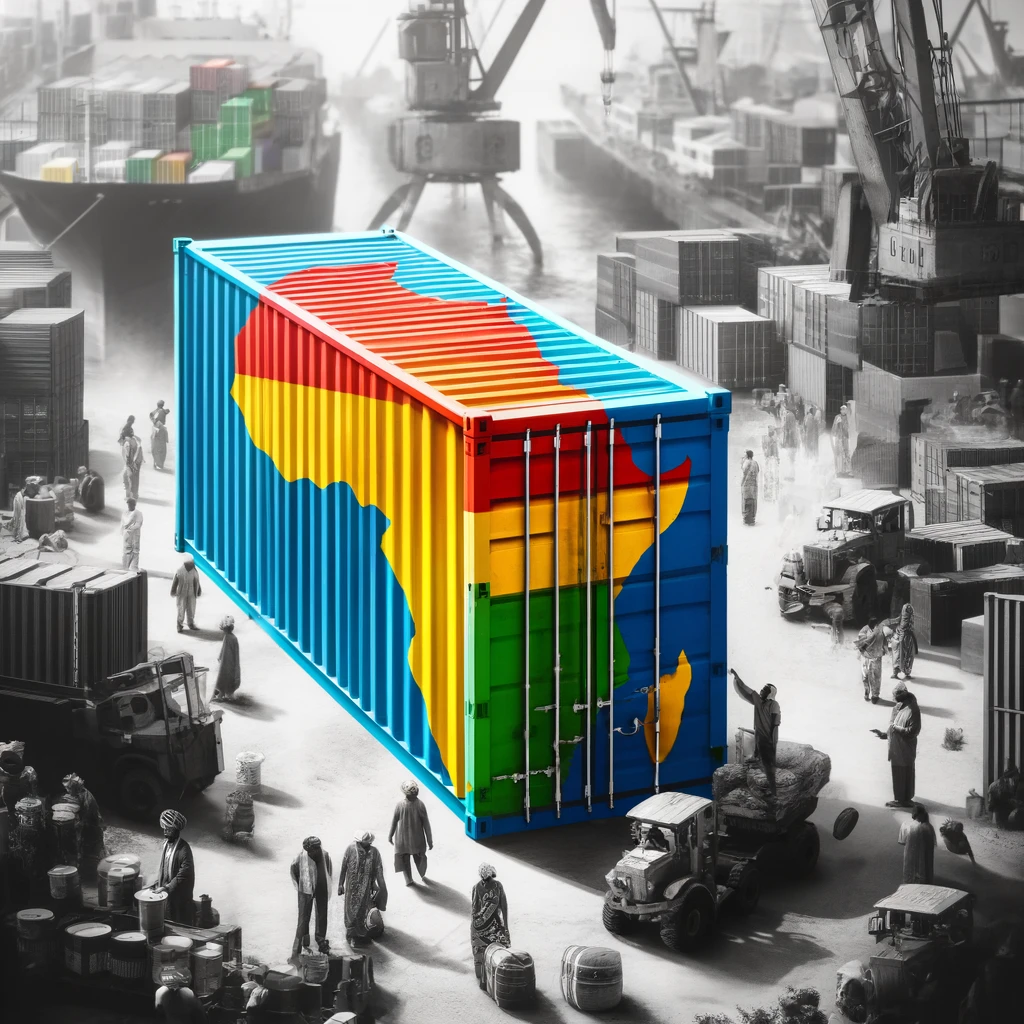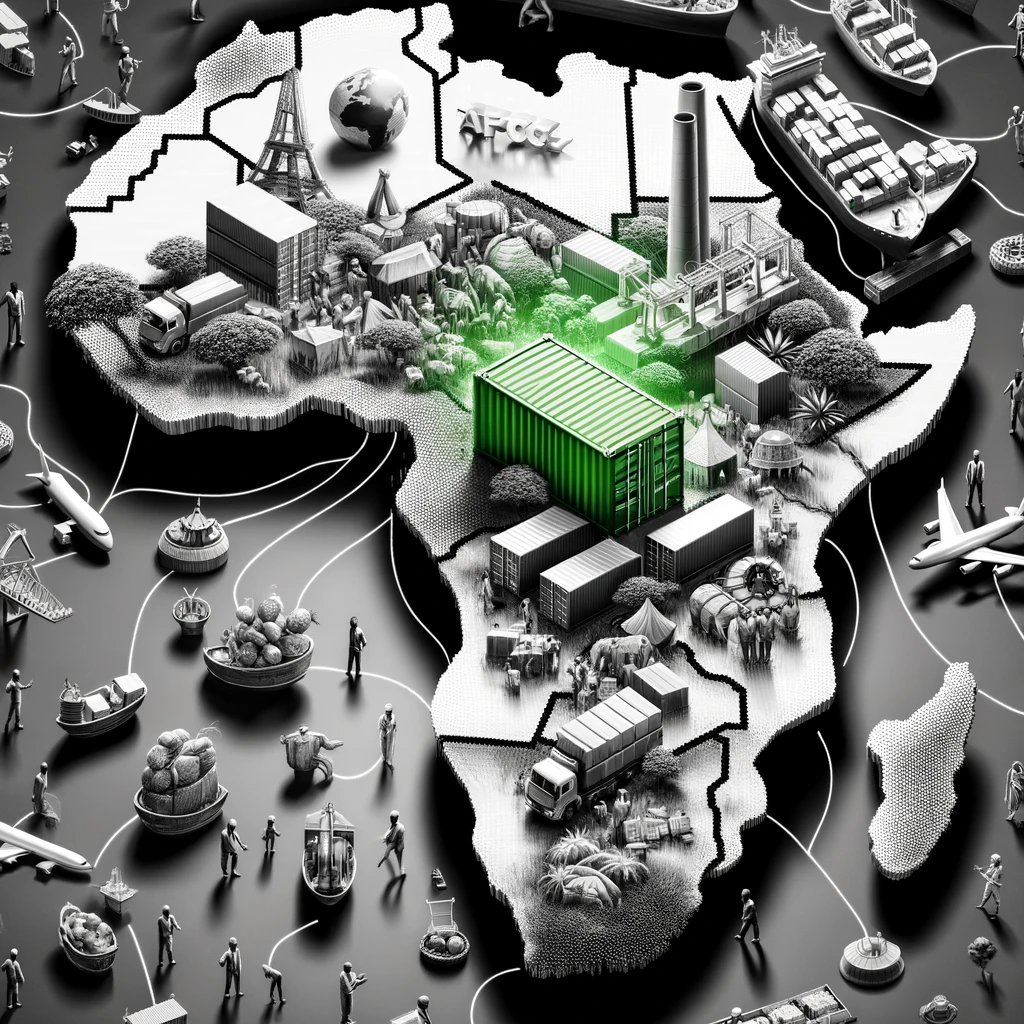
The World Bank Group, in collaboration with the African Development Bank Group (AfDB), launched an ambitious initiative to electrify 300 million Africans by 2030. Unveiled during the recent World Bank and International Monetary Fund Spring Meetings in Washington, this plan aims to drastically reduce the number of individuals without access to electricity, thereby cutting it by half across the continent.
The strategy involves a substantial $35 billion investment and is part of a larger agenda to foster economic development and industrialization throughout Africa.
Highlights of the Initiative Include:
Electricity Access: Spearheaded by the World Bank, this project aims to connect 250 million people, complemented by the AfDB’s efforts to reach an additional 50 million.
Funding: The financing will be sourced from various channels, notably the International Development Association (IDA), which is the World Bank’s concessional arm dedicated to aiding the poorest nations. A significant portion of IDA funds will be allocated to this electrification endeavour.
Private Sector Engagement: World Bank President Ajay Banga has underscored the vital role of the private sector in ensuring the success of this project. By providing greater guarantees, the World Bank intends to mitigate investment risks and foster private-sector investments.
Impact on Industrialization: Both AfDB President Akinwumi Adesina and World Bank President Banga have stressed the importance of electricity for industrialization and competitiveness in Africa. Adesina famously remarked, “No economy can industrialize in the dark, and no economy can be competitive in the dark,” emphasizing the critical role of electricity in economic growth.
Broader Benefits of the Electrification Project:
Economic Growth and Industrialization: Power is crucial for industries and businesses, fostering broad economic development.
Improved Quality of Life: Electricity enhances healthcare, education, and communication, directly improving lives.
Enhanced Employment Opportunities: Building and maintaining electrical infrastructure will generate numerous jobs.
Boost to Entrepreneurship: Electricity supports small businesses, especially in rural areas, by powering essential technology and machinery.
Sustainable Development: Emphasizing renewable energy, this initiative supports global sustainability goals.
Educational Opportunities: Power access enables longer schooling hours through lighting and technology use.
Gender Equality: Reducing labour-intensive chores frees up time for women to pursue educational and economic opportunities.
Agricultural Productivity: Modern agricultural tools powered by electricity increase productivity.
Urban-Rural Divide Reduction: Electrifying rural areas helps to balance development disparities.
Global Competitiveness: Improved infrastructure attracts foreign investment, boosting global market presence.
Strengthened Healthcare Services: Reliable electricity is essential for effective healthcare operations.
Community Empowerment: Electrification enables vibrant, sustainable community development.
This initiative transcends mere power provision; it acts as a catalyst for comprehensive development, elevates living standards, broadens economic opportunities, and pledges a brighter, more sustainable future for Africa, while also fostering regional integration.
Sources and References:
World Bank Official Website: Link to World Bank
African Development Bank Group Official Website: Link to AfDB
International Development Association Resources: Link to IDA


